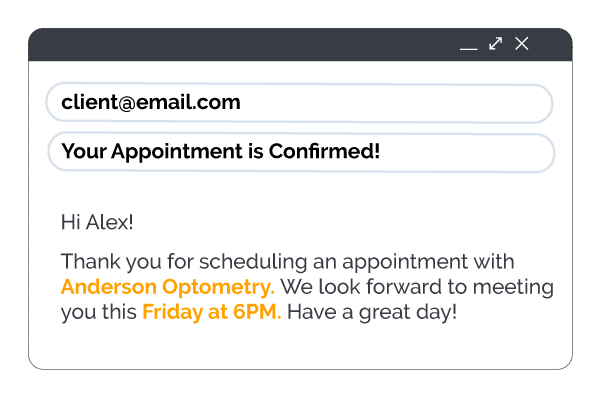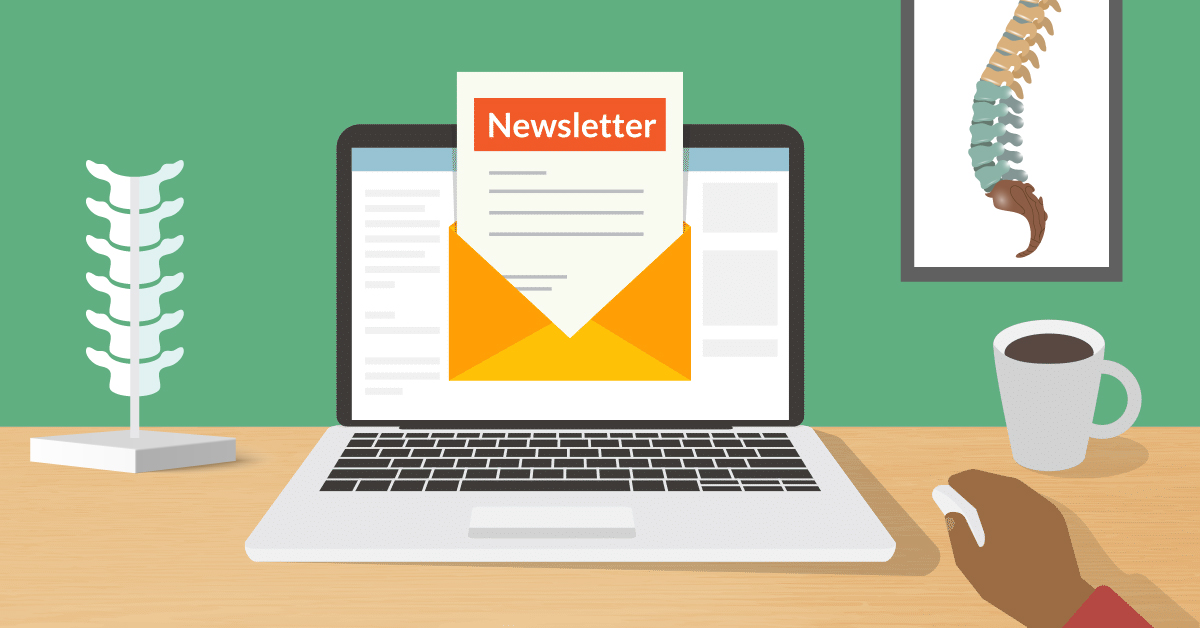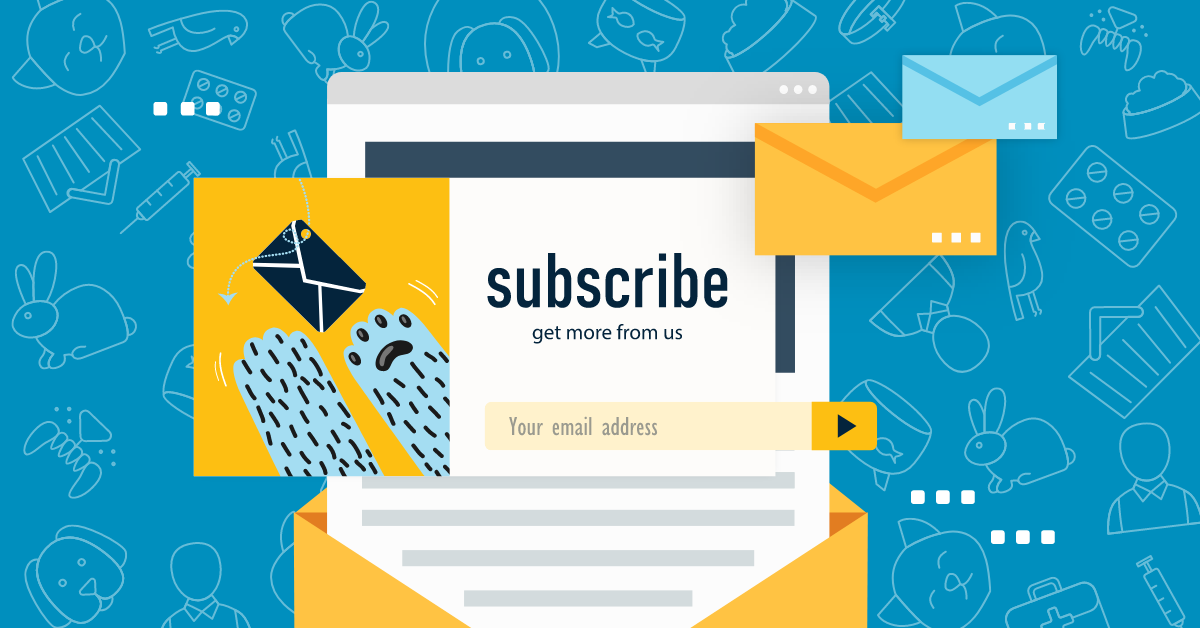When to Email Your Patients and Why
Email marketing is an effective way to maintain communication with your patients and increase patient retention at your practice. In fact, 80% of business professionals believe that email marketing increases customer retention. We’re definitely going to side with the majority here.
Plus, most of your patients actually prefer business communication over email. This is unsurprising, as email is generally seen as more convenient than phone calls and more informative than text messages. And since 99% of consumers check their emails every day, you’ll have lots of opportunities to connect.
As a healthcare professional, you likely know when it’s appropriate to email patients about health-related concerns, but that isn’t the only reason to contact patients. In this blog, we will outline how to use email marketing at your practice in ways that are beneficial to both your patient and your business. Who doesn’t love a win-win?
Email Marketing for Doctors and Healthcare Professionals
There is a lot of information out there about using email marketing for your business, but as a healthcare professional, your audience’s needs are a little bit different. Next, we’re going to list five times you should be emailing your patients and best practices for each.

After a Visit…
After a patient has an appointment with you, send a follow-up email within a couple of days of the appointment. In this email, you can thank the recipient for their visit and supply them with any additional information about their care.
This is also an ideal time to request feedback about the patient’s experience at your practice. Since their appointment is fresh in their minds, you can include a form that asks patients to rate their experience and leave comments about your staff’s performance. You may also want to include links to your favorite business listing websites or social media pages so that your patients can share their experiences with others!
Feedback is crucial to the development of your business. Without it, you wouldn’t be able to make positive changes that help your practice run smoothly and your patients get the best care possible. Even negative feedback can be beneficial to your business if you use it as an opportunity for improvement. If you’re not sure how to respond to less-than-favorable reviews, check out this blog for tips.
To Confirm Appointments…
 A reported 75% of doctors do not have a no show policy. However, we’re willing to bet that almost 100% of healthcare professionals have had patients fail to show up to their appointments without canceling ahead of time. To help prevent this loss of time and money, try confirming appointments via email prior to the date of the appointment.
A reported 75% of doctors do not have a no show policy. However, we’re willing to bet that almost 100% of healthcare professionals have had patients fail to show up to their appointments without canceling ahead of time. To help prevent this loss of time and money, try confirming appointments via email prior to the date of the appointment.
Three to five days before the appointment, send an email to the patient to confirm their attendance. If the patient has changed their mind or made other engagements, this gives you time to fill their slot. When patients confirm, it may be wise to send them another email the day of or before their appointment to ensure they don’t forget.
Brief, automated text messages can also be a great way to supplement these brief communications.
To Inform Patients of Changes…
Did you add a new doctor to your team or open a second location in a neighboring town? These are updates your patients need to know! Whenever you make a change in your practice that may affect your patients, draft an email to notify your clientele. In addition to providing pertinent information, also include a link or phone number they can use to contact you with any questions.
Once changes have been integrated at your practice, don’t forget to update your website accordingly. Outdated information can cause confusion with both new and existing patients or even cause you to miss out on an appointment request.

To Educate Patients…
Regular newsletters can help keep your patients engaged with your practice while providing genuinely valuable information. Seeing your email pop up in their inbox just may remind patients that they are due for an appointment with you, or, at the very least, keep you at the forefront of their minds.
You can even use some of the content in your newsletter to create blog posts on your site. Not only does custom content help Google’s algorithm find your page, but it also helps patients view you as an authority in your industry.
To Promote a Special…
Encourage patients to come into your office by offering a special on products or services. If possible, create value by planning your specials around your patients’ needs. For example, if you are an optometrist, you may offer a back-to-school special on eye exams to prepare children for the school year. Similarly, if you are a chiropractor, you may offer a discount on adjustments for student-athletes entering the fall season.
Patient Relationship Management Best Practices
Email marketing is just one tool you can use to manage relationships with your patients and increase patient retention at your practice. We suggest you create a strategy that implements this useful component alongside others, such as managing your online reputation and providing exceptional customer service.
Do you have additional questions about how to improve patient retention or use email marketing at your practice? Contact our team!
More resources for you
How to Launch a Successful Email Marketing Campaign
5 Ways to Improve Patient Recall at Your Practice
7 Tips to Build Patient Loyalty



